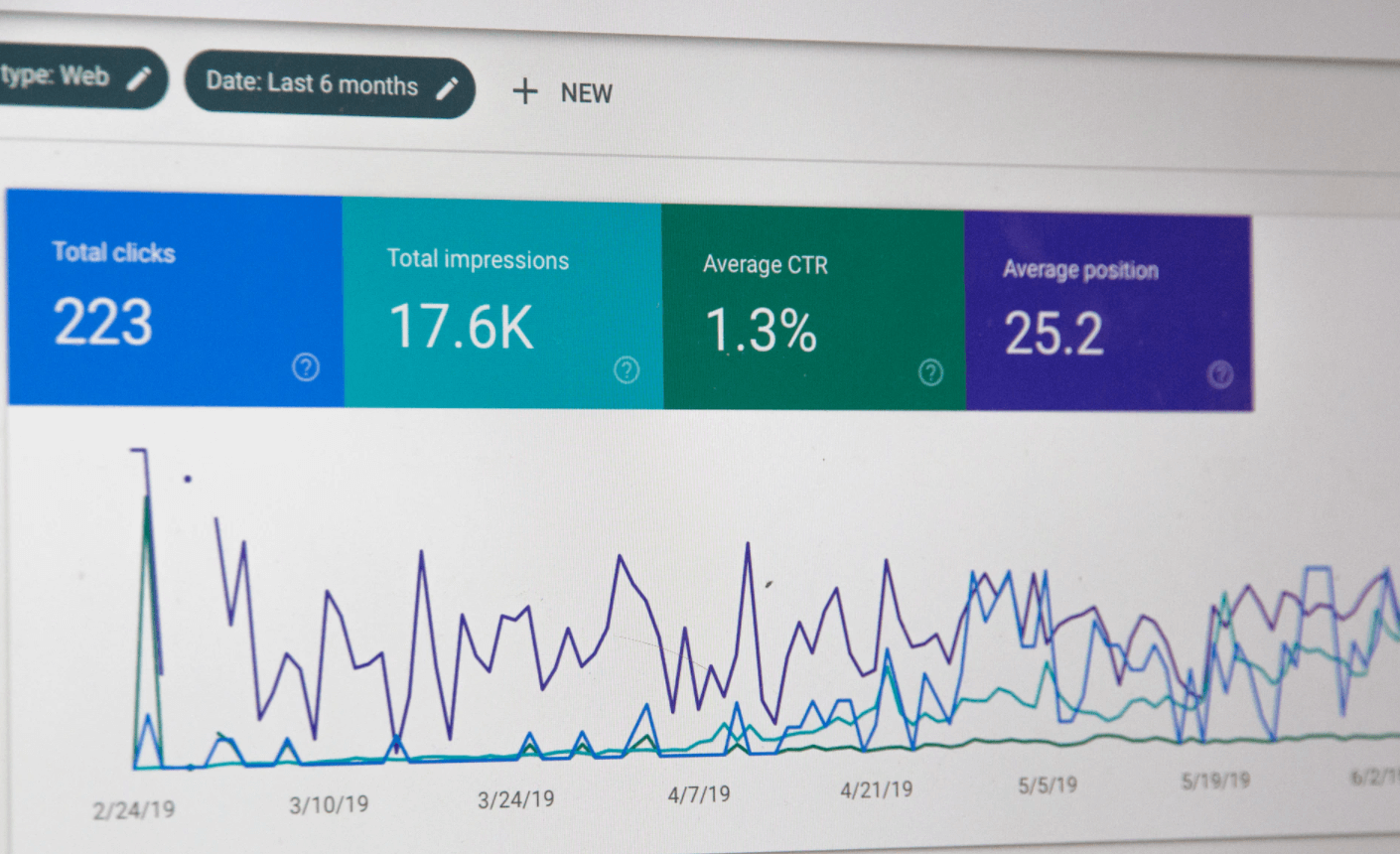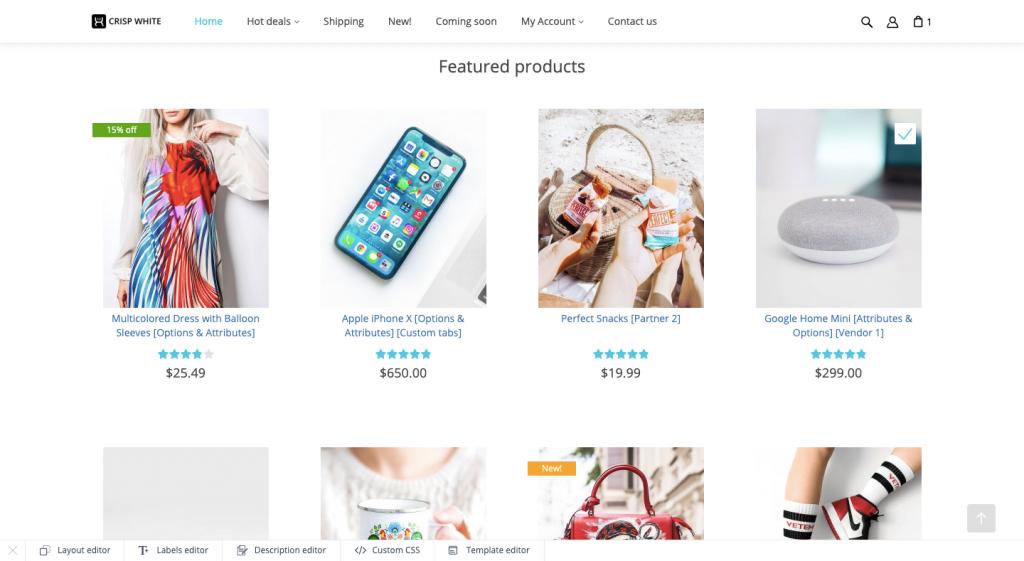Building an eCommerce website has become one of the most popular business options for entrepreneurs. Not only does it allow you to promote your own products and services, but it also opens up opportunities for multiple revenue streams.
However, finding the best monetization business models does need a good eye. There are dozens of strategies to choose from, but not all of them may yield the best results for your eCommerce website.
If you’re looking for a way to transform your eCommerce website to multiple revenue streams, keep reading. This article will show you 10 easy monetization strategies that can help you get more income.
1. Content Subscription
If you have an active blog on your eCommerce website, it’s time to take advantage of the content subscription strategy.
It’s a fee-based program that requires members to fill out their login credentials to access your content. Apart from helping generate recurring revenue, content subscription requires less marketing effort.
All you ought to do is to consistently create high-quality content and take some time to figure out the pricing strategies for your subscription model. Planning ahead helps forecast your revenue more efficiently.

Top-tiered content is vital for this strategy. If your readers find value in your free content, they’ll be confident in purchasing the premium. On top of that, it’s easier to retain your subscribers when you continuously offer the best, most informational content they may get on the internet.
Here’s how to create valuable content:
- Be original: There’s no use in creating content that’s no different from what’s already on the internet. Authentic content helps build trust with your audience and boost your content positioning on the search engines’ results pages.
- Optimize for search engines: Apart from making your content authentic, you are supposed to research keywords for your piece of writing thoroughly. It helps search engines grasp the overall idea of your content and match it with users’ search intent.
- Consider your audience: Your content needs to be informative for your target readers. Taking their pain points into consideration and providing answers to their problems will assist you to provide more relevant content. On top of that, determining your audience demographics will properly shape your writing style, tone, and voice.
- Be authoritative: It’s about showing that you’re an expert in your field. Improving authority can be done with link building and shareable content, if you are able to do it yourself, you can enlist the help of link building agencies. When many websites refer to your content as a trusted resource, it will reinforce your content’s reliability.
In addition, having the perfect business name helps your target audience figure out what kind of content your blog may offer. Using a business name generator is a great way to acquire a reflective, SEO-optimized name in a short period of time.
2. CPC Advertising
Cost Per Click advertising is a digital advertising model that allows site owners to earn some money every time an ad gets a click. Thus, a site owner’s revenue depends highly on the ad’s Click-Through Rate.
Utilizing an ad networking platform, such as RevenueHits and SpyFu, is one of the easiest, most popular ways to integrate CPC advertising into a website and generate multiple revenue streams.
With such platforms, site owners won’t have to worry about bidding a certain amount of money to their potential advertisers.
Typically, an ad network has set pricing based on where the click is initiated. For example, it may charge $1.50 for every click that comes from tier-one countries. In comparison, it would take $0.50 for clicks generated from tier two or three.
When it comes to payout time, many platforms have a payment threshold. However, you can also find some that offer bi-monthly or net-basis payouts.
3. CPM Advertising

Cost Per Mille advertising is another method in pricing web advertisements. This model requires advertisers to pay their ad publishers for every one thousand impressions on their ads.
To note, an impression happens every time an ad pops up on users’ screens. Therefore, a user may generate multiple impressions for an ad.
If your eCommerce website has a considerably large amount of traffic, the CPM advertising model may help turn that traffic into money and create multiple revenue streams.
Many ad network platforms also grant a CPM advertising model. Often, you can sign up for both CPC and CPM programs on the same platform. To your advantage, monitoring both models’ performance at the same place can be more convenient.
4. Affiliate Marketing
Affiliate marketing refers to a business partnership between a company and its affiliate marketers. This program lets affiliate partners earn commissions for every customer they bring through their affiliate links.
If you don’t want to display ads on your eCommerce site, this advertising model may be your best bet to generate multiple revenue streams. When you register as an affiliate, you’ll get a unique affiliate link that you can include in your articles.
One of the best tips for this is to make sure you partner with companies related to your eCommerce niche. That way, all the promotional activities may blend seamlessly with your overall website’s focus.
5. Featured Listings
Vendors of the same niches compete against each other to get their products to stand out. This situation opens up an opportunity for eCommerce website owners to offer featured listings.
Featured listings are product advertisements that are strategically placed to attract potential customers. For that reason, vendors may be willing to pay more to get featured.

Creating “Get Featured” guidelines may help potential vendors to learn more about your program. Typically, it should cover your expectations of your potential vendors. For example, to get featured on your eCommerce website, a vendor needs to:
- Sell high-graded products.
- Have beautiful photographs.
- Hold a reputable brand image.
- Be transparent with its business operations and partners.
By providing guidelines, you can save more time as you won’t have to answer the same questions repeatedly.
6. Sponsored Emails
Sponsored emails are emails that a company sends on behalf of its sponsors. This monetization model allows business owners to receive payments from their collaborators, allowing them to use the business owners’ email list for email marketing.
Apart from increasing your revenue, sponsored emails help expand your target market. Collaborating with other businesses can leave an impression that your brand has something of value to offer to the sponsor’s audience.
For that, choosing a business partner that’s relevant to your business is the way to go. This is to make sure all the advertisements sent out from your email aren’t too random.
However, there are some elements that you need to keep in mind when allowing email sponsorships. Here’s some of the essential factor to consider:
- Keep your login credentials to yourself: Giving your email access to third parties isn’t the best idea. You don’t know if your sponsors conduct the same level of security precautions as you. If hackers get hold of your credentials, you’ll risk your company’s reputation.
- Review the email content: Before sending out the emails to your subscribers, make sure there are no typos or fraudulent messages on them. If needed, you can also tweak the wording to improve the readability.
- Make an announcement: Telling your email recipients about the upcoming sponsorship emails prevents misunderstanding. For this, make sure that the unsubscribe option is accessible if some of them don’t want to be involved in the new program.
7. Strategic Partnerships
Strategic partnerships are about building business relationships to achieve mutual success. For example, a business owner may have suppliers or brokers as strategic partners. Customers can also be strategic partners, as they can become brand ambassadors.
One of the most successful strategic partnership examples is Ford and Eddie Bauer in 1983. The selling point of this strategic partnership was about promoting a high-end version of Ford automobiles.

The Ford Explorer Eddie Bauer edition featured luxury leather seats throughout the vessel to offer a more deluxe atmosphere. As for Bauer, he introduced Ford-branded luggage sets. As a result, each party saw an increase in sales, benefiting them both.
The key to building an eminent strategic partnership is understanding how we can add value, goodwill, and credibility to our business partners and vice versa.
On top of that, analyzing the marketing and understanding revenue opportunities help determine whether the market climate is right at the moment. For that, researching the 4 p’s of marketing may be the best approach to complement your strategic partnership marketing.
8. Service Offers
The whole idea of this strategy is about offering products for free and charging a specified amount for additional services.
This model may fit best for IT-related products and services. For example, you can give away some software to your customers. However, they need to pay for installation, customization, and maintenance services.
In addition, introducing product training can also become beneficial as coaching can be a continuous process. Meaning, integrating this strategy with a subscription-based model may be a great idea to generate multiple revenue streams.
9. Freemium
Freemium originates from the words “free” and “premium.” It’s a tiered-pricing strategy where the basic product tie belongs in the free category. The more advanced ones fall into the premium.

The free products may act as an introductory offer so your customer can get a taste for them. Once your customers sense the incremental value of your product, it’ll boost your chance to get them to buy higher-tiered items.
Therefore, a freemium business model allows you to nurture your customers while enticing them to purchase the premiums at a later time.
For instance, LitExtension offers users unlimited Free Demo to have a visualization of the data transformation process. Then, customers can choose from 2 packages, which are Basic Migration and All-in-One migration service.
10. Performance Improvement
On top of everything, it’s recommended to run a regular performance check on your eCommerce website. This is to ensure that your site is always in a healthy state for monetization.
Here are some factors to consider to improve your overall website performance:
- Page loading time: Website speed is among Google’s ranking factors. An excellent speed also helps reduce your bounce rate. To improve it, start by running a speed test and working on the factors that slow your website down. Two of the excellent website speed test tools include GTmetrix and Pingdom.
- Mobile responsiveness: Using a fluid theme helps your site adjust its layout to the screen it’s displayed on. Therefore, it helps improve readability and makes sure your potential customers don’t miss any call-to-action buttons.
- Cart abandonment rates: One of the most effective approaches to combat cart abandonment is to improve the checkout flow. For that, making the process simple and providing multiple payment options can help.
- Content quality: As some of the above monetization strategies include blogging, it’s recommended to review how your content performs over time. Also, don’t forget to update your articles every once in a while to keep them up to date.
Having all of those aspects taken care of is the optimal method to get your site ready to turn into multiple revenue streams. This is because advertisers, vendors, and third-party companies will only collaborate with well-performing eCommerce sites.
Conclusion
eCommerce as a source of multiple revenue streams is not just a tall tale. There are many options you can choose to generate more income from it. Throughout this article, you’ve learned 10 strategies to help you transform your eCommerce website into multiple revenue streams.
Here’s a short recap:
- Content subscription: Providing your readers with high-quality content improves the chances of getting them subscribed to receive premium content.
- CPC advertising: Lets you earn money for each click your web ad gets.
- CPM advertising: Another web advertising model that lets you receive payouts for every 1,000 web ad impressions.
- Affiliate marketing: Partner with a third-party company and get a unique affiliate link. By including the link in your articles, you’ll earn commissions for each customer you bring through your link.
- Featured listings: Offering this functionality brings many benefits, as vendors compete against each other to get their products to stand out.
- Sponsored emails: It’s about allowing email sponsorships in exchange for promotional activities through your newsletter.
- Strategic partnerships: By joining forces with another company, adding value to each other’s products may help boost your income.
- Service offers: This model encourages business owners to give away their products for free while charging for the services that come with them.
- Freemium: This model can be considered as giving free trials without time limitations. It’s a great introductory offer to persuade customers to buy premium products and services.
- Performance improvement: Regularly checking how your website performs helps find out its health. The better it carries out users’ requests, the higher your chance to get third-party companies to file business partnership proposals.
All in all, you don’t have to put all of those recommendations into practice. Choosing only one or two strategies may help keep your focus and generate more positive results. Therefore, don’t forget to compare each of the entries to find what works best for your eCommerce website.
In case you want to migrate from your current eCommerce platform to a more robust one, LitExtension would be happy to give you a helping hand. We have the All-in-One migration service that will cover the whole data migration process for you.
You can join our Community for more interesting eCommerce news and tips!
Good luck!